Blank Energy Pyramid Worksheet
Energy pyramids are a powerful tool for visualizing and understanding the flow of energy within an ecosystem. Whether you're a science teacher looking for a classroom activity or a student wanting to reinforce your knowledge, a blank energy pyramid worksheet can be the perfect resource. By providing a clear and concise layout, this worksheet allows you to explore the relationships between different entities and the transfer of energy within a given ecosystem effortlessly.
Table of Images 👆
More Energy Worksheets
Light and Heat Energy WorksheetsTypes of Energy Transfer Worksheet
Energy Light Heat Sound Worksheets
3 Forms of Energy Worksheets
Types of Energy Worksheet PDF
Energy Worksheets for Third Grade
What is the purpose of an energy pyramid?
The purpose of an energy pyramid is to illustrate the flow of energy within an ecosystem, showing how energy is transferred from one trophic level to another. It visually represents the decrease in energy as it moves up the pyramid, with each successive level supporting fewer organisms due to energy loss. This concept helps in understanding the distribution of energy, biomass, and the interactions between different species within an ecosystem.
What is the primary source of energy for all ecosystems?
The primary source of energy for all ecosystems is the sun. Solar energy is captured by plants through photosynthesis and then transferred through the food chain to be utilized by all other organisms within the ecosystem.
Why are there fewer organisms at the top of the energy pyramid compared to the bottom?
There are fewer organisms at the top of the energy pyramid compared to the bottom because energy is lost as it moves up the food chain through a process called energy transfer efficiency. Only about 10% of the energy is transferred to the next trophic level, with the rest being lost as heat or used by the organism for metabolism. This means that the higher up an organism is in the food chain, the less energy is available for consumption, resulting in a smaller population size at the top of the pyramid.
How is energy transferred between different trophic levels?
Energy is transferred between different trophic levels through the consumption of organisms at lower levels by those at higher levels. This process begins with primary producers, like plants, converting sunlight into energy through photosynthesis. Herbivores then consume these plants, transferring the energy to themselves. Carnivores feed on herbivores, passing on the energy further up the food chain. Each trophic level only retains around 10% of the energy from the previous level, with the rest being lost as heat during metabolism, resulting in an energy pyramid where energy decreases as you move up the food chain.
Describe the role of producers in an energy pyramid.
Producers, such as plants and algae, play a crucial role in an energy pyramid as they are the base of the food chain. They are able to convert sunlight into energy through photosynthesis, providing the initial source of energy for all other organisms in the ecosystem. Producers are essential for the transfer of energy from the sun to the rest of the ecosystem, making them fundamental in sustaining life and supporting all other trophic levels within the pyramid.
What are primary consumers in an energy pyramid?
Primary consumers in an energy pyramid are organisms that feed directly on producers, which are typically plants or algae. They are herbivores that obtain their energy by consuming autotrophic organisms. Examples of primary consumers include rabbits feeding on grass or insects feeding on leaves. These organisms form the second trophic level in an ecosystem, serving as the link between producers and higher-level consumers in the food chain.
How do decomposers contribute to the energy pyramid?
Decomposers play a crucial role in the energy pyramid by breaking down dead organisms and organic matter into nutrients that can be recycled back into the ecosystem. This recycling of nutrients allows for the flow of energy within the ecosystem, as decomposers release nutrients that can be used by primary producers to create food, which then fuels the rest of the food chain. In this way, decomposers help ensure a continuous cycle of energy transfer and nutrient recycling within the ecosystem.
Explain the concept of energy loss in an energy pyramid.
Energy loss in an energy pyramid refers to the decrease in available energy as it moves up trophic levels. This is due to the inefficiency of energy transfer between each trophic level, with only around 10% of energy being passed along from one level to the next. The rest of the energy is lost as heat during metabolic processes, movement, growth, and other activities. As a result, only a small amount of energy is ultimately available to sustain higher trophic levels, making the pyramid shape a representation of this energy loss and the decreasing amount of available energy as you move up the food chain.
What happens to energy as it moves up the trophic levels?
As energy moves up the trophic levels, it is lost as heat through respiration and metabolic processes, as well as through waste products. This leads to a decrease in the amount of energy available at each successive trophic level, resulting in a pyramid-shaped energy distribution with higher energy levels at the base and lower energy levels at the top of the food chain.
How does an energy pyramid represent the flow of energy in an ecosystem?
An energy pyramid represents the flow of energy in an ecosystem by illustrating the transfer of energy from one trophic level to another in a hierarchical structure. At the base of the pyramid are the primary producers, such as plants, which convert sunlight into energy through photosynthesis. As energy is transferred up the pyramid to higher trophic levels, such as herbivores and carnivores, the amount of available energy decreases. This decrease in energy represents the second law of thermodynamics, which states that energy is lost as it moves through the ecosystem due to inefficiencies in energy transfer and metabolism. The energy pyramid visually demonstrates the decreasing energy availability at each successive trophic level, highlighting the interconnectedness and dependence of different organisms within an ecosystem.
Have something to share?
Who is Worksheeto?
At Worksheeto, we are committed to delivering an extensive and varied portfolio of superior quality worksheets, designed to address the educational demands of students, educators, and parents.

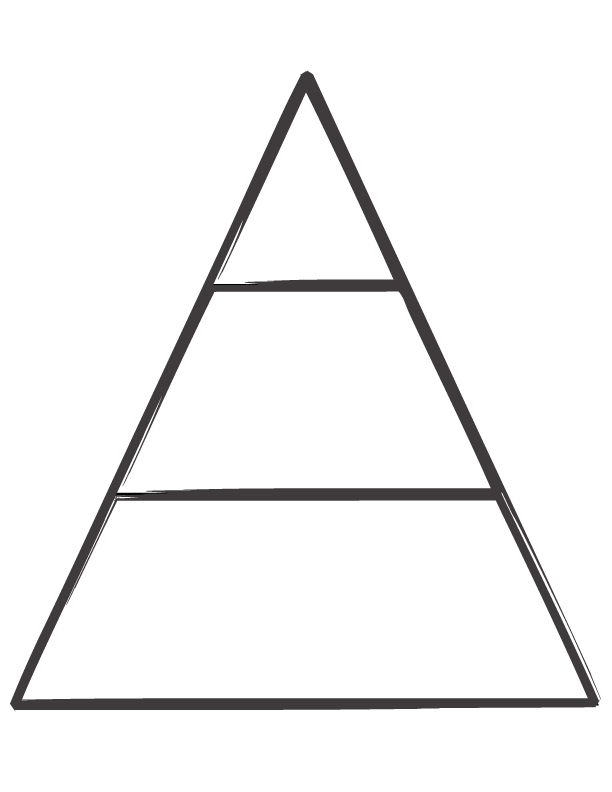



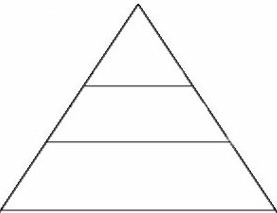
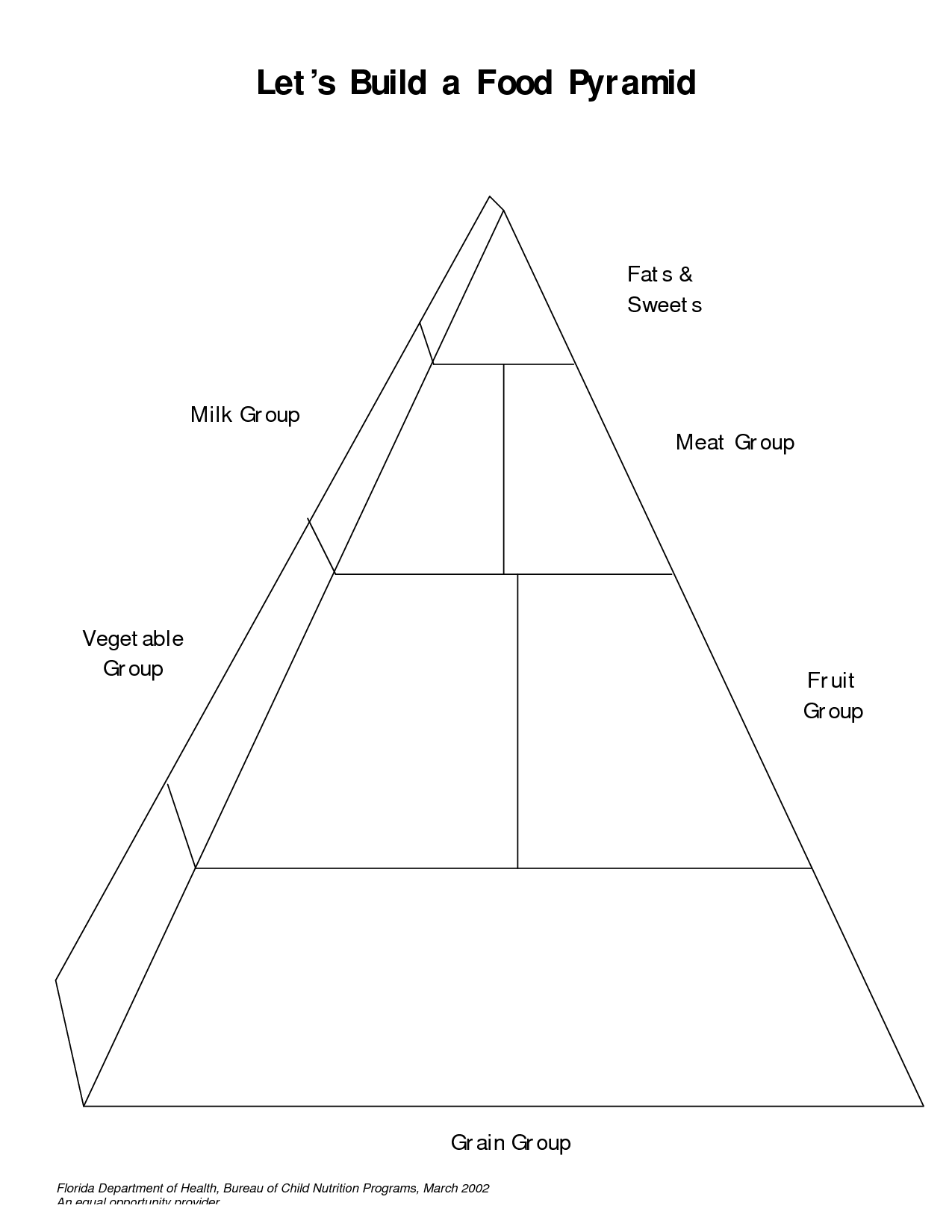
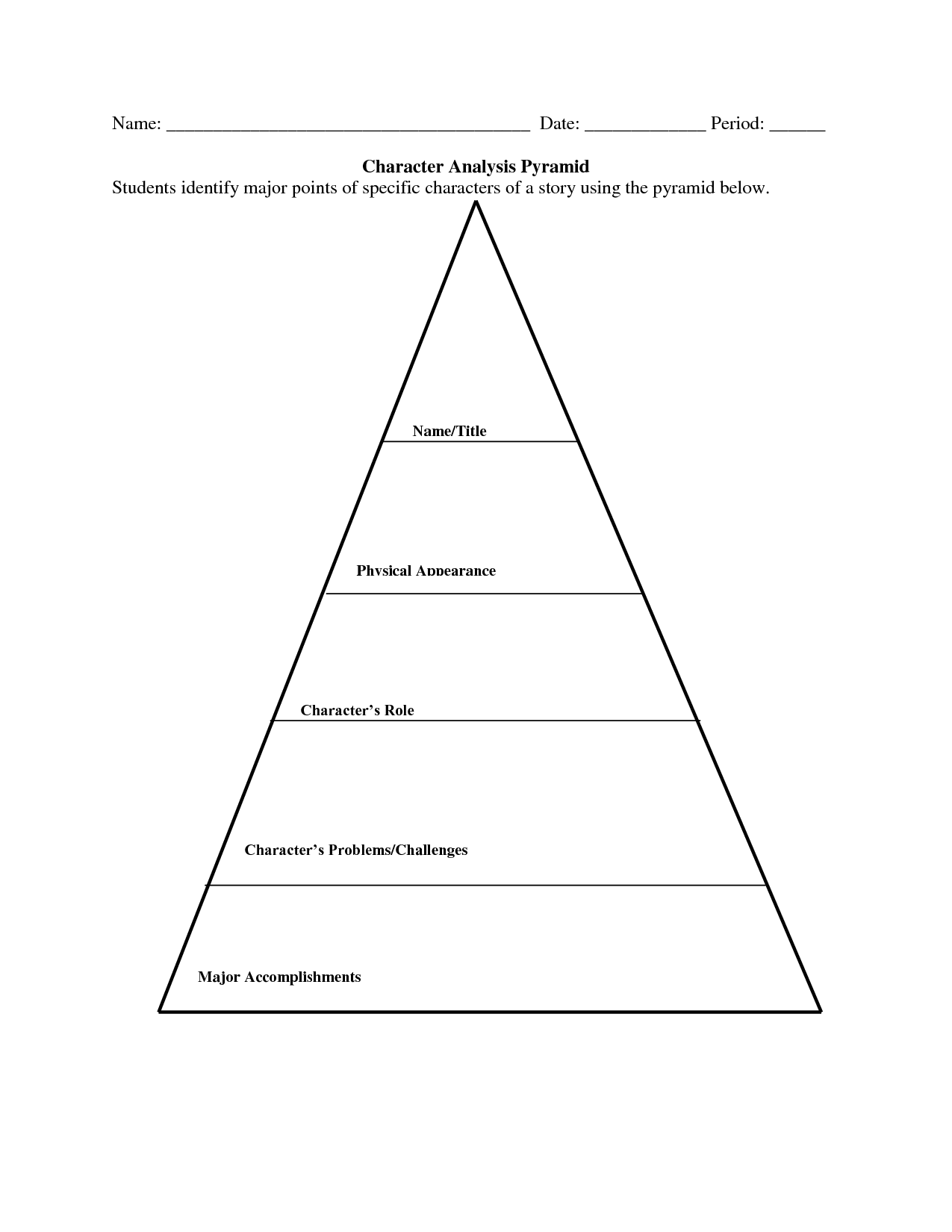

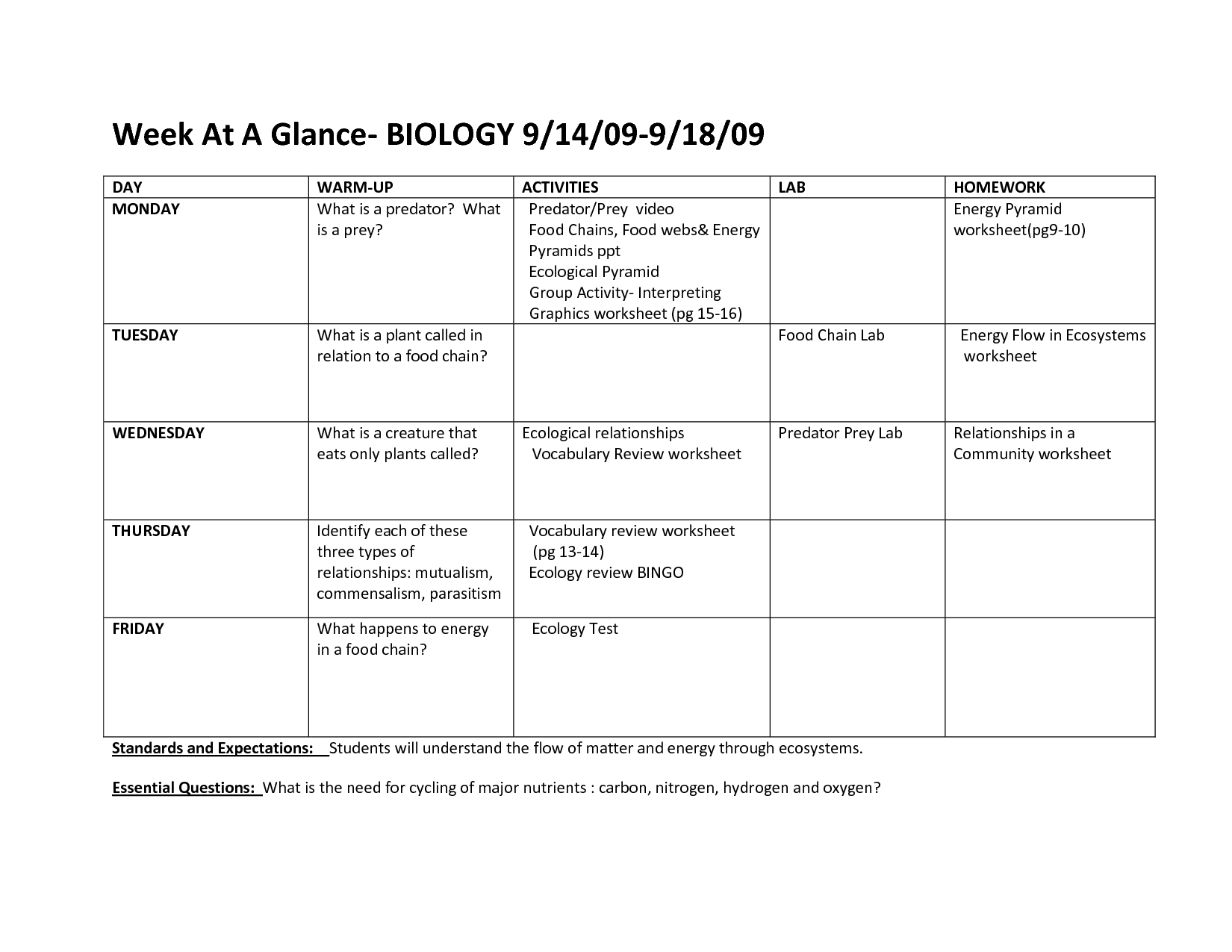








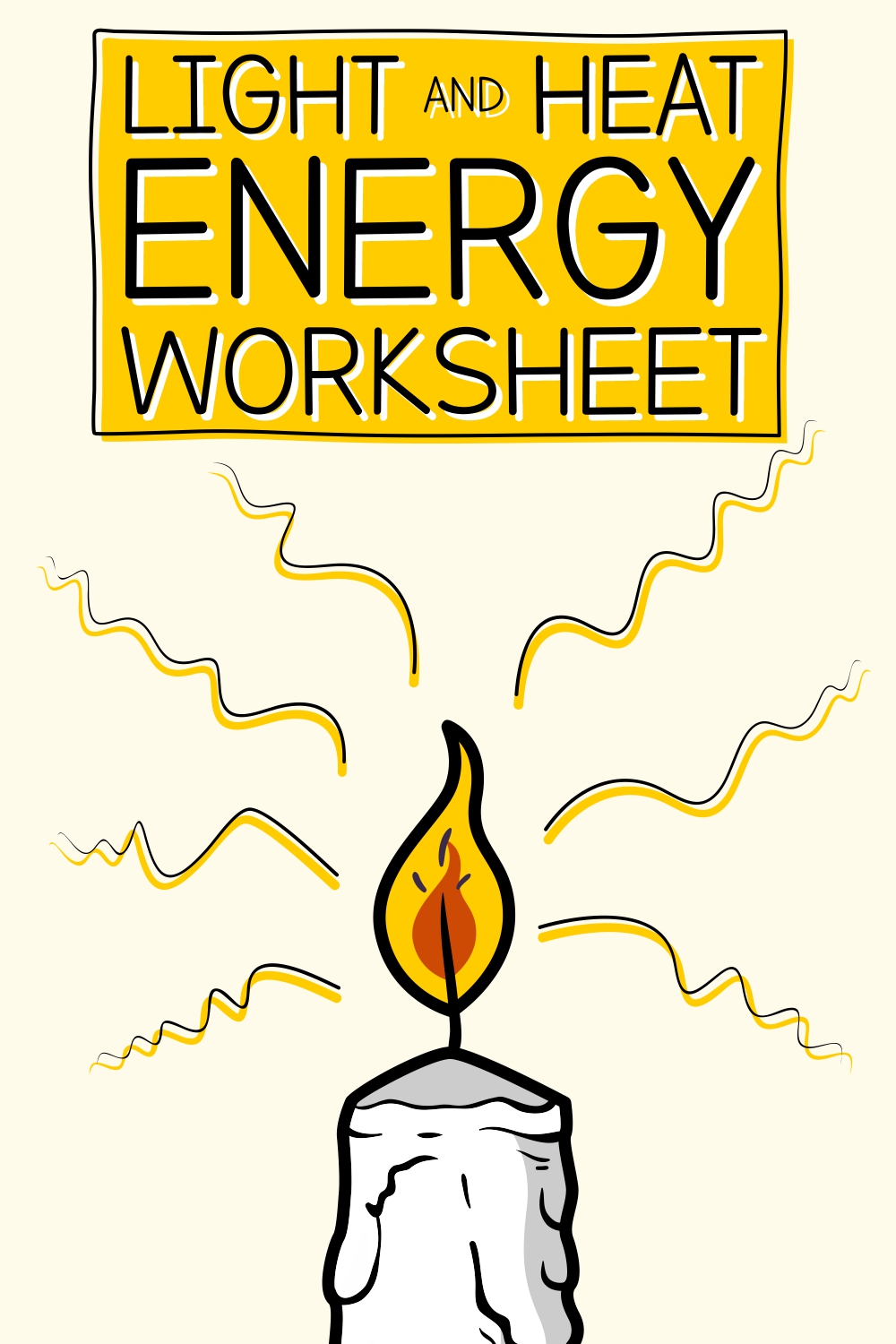
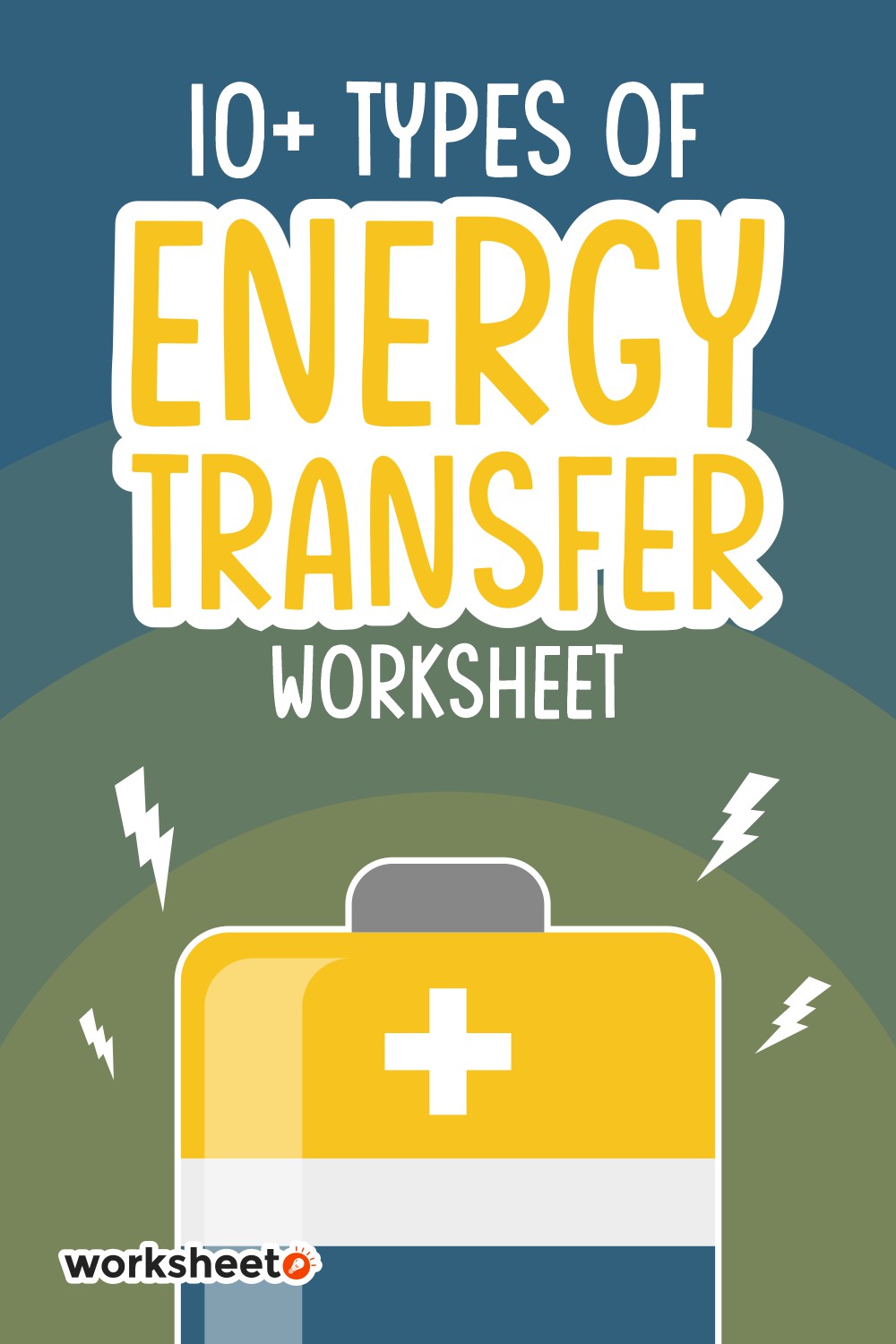
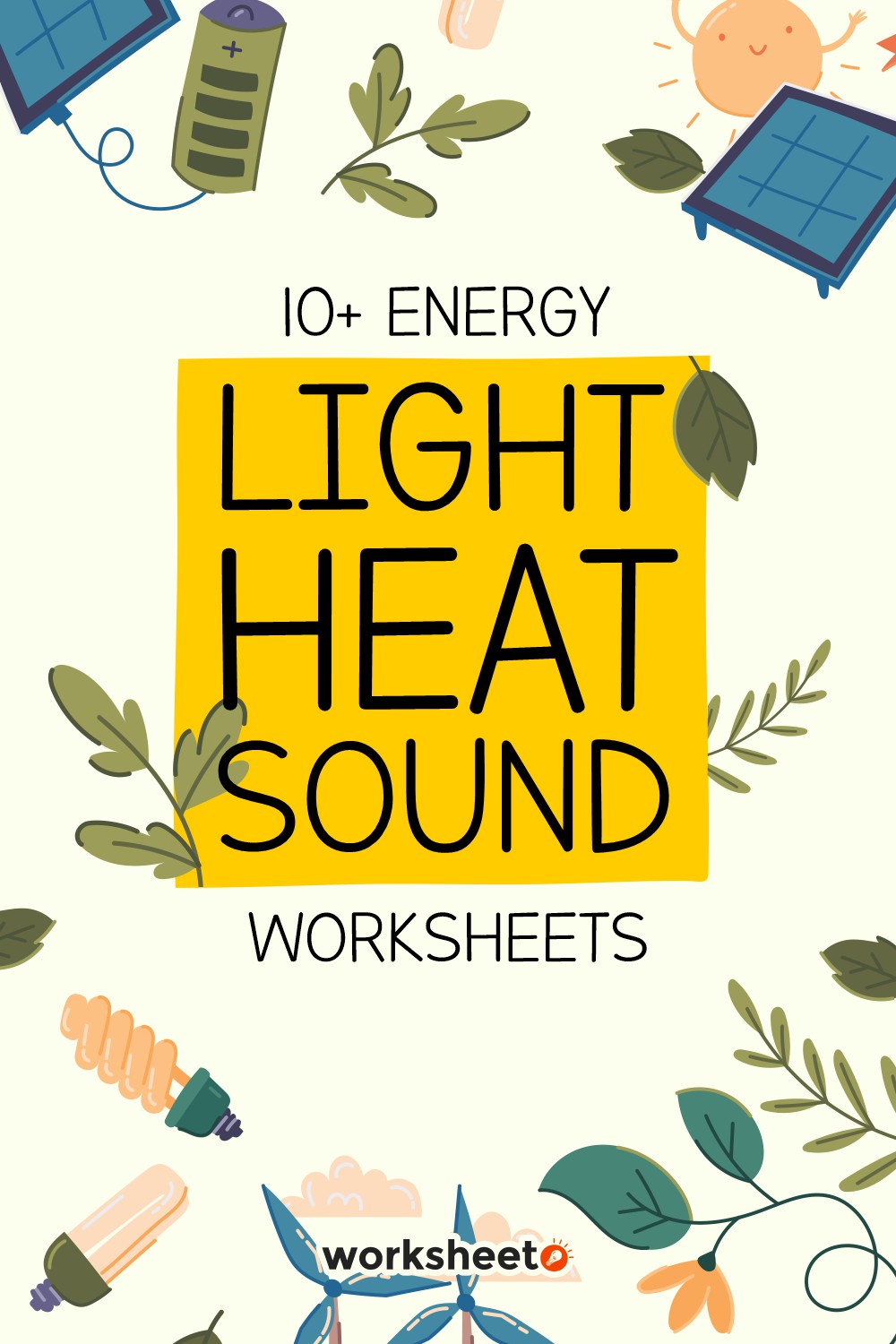
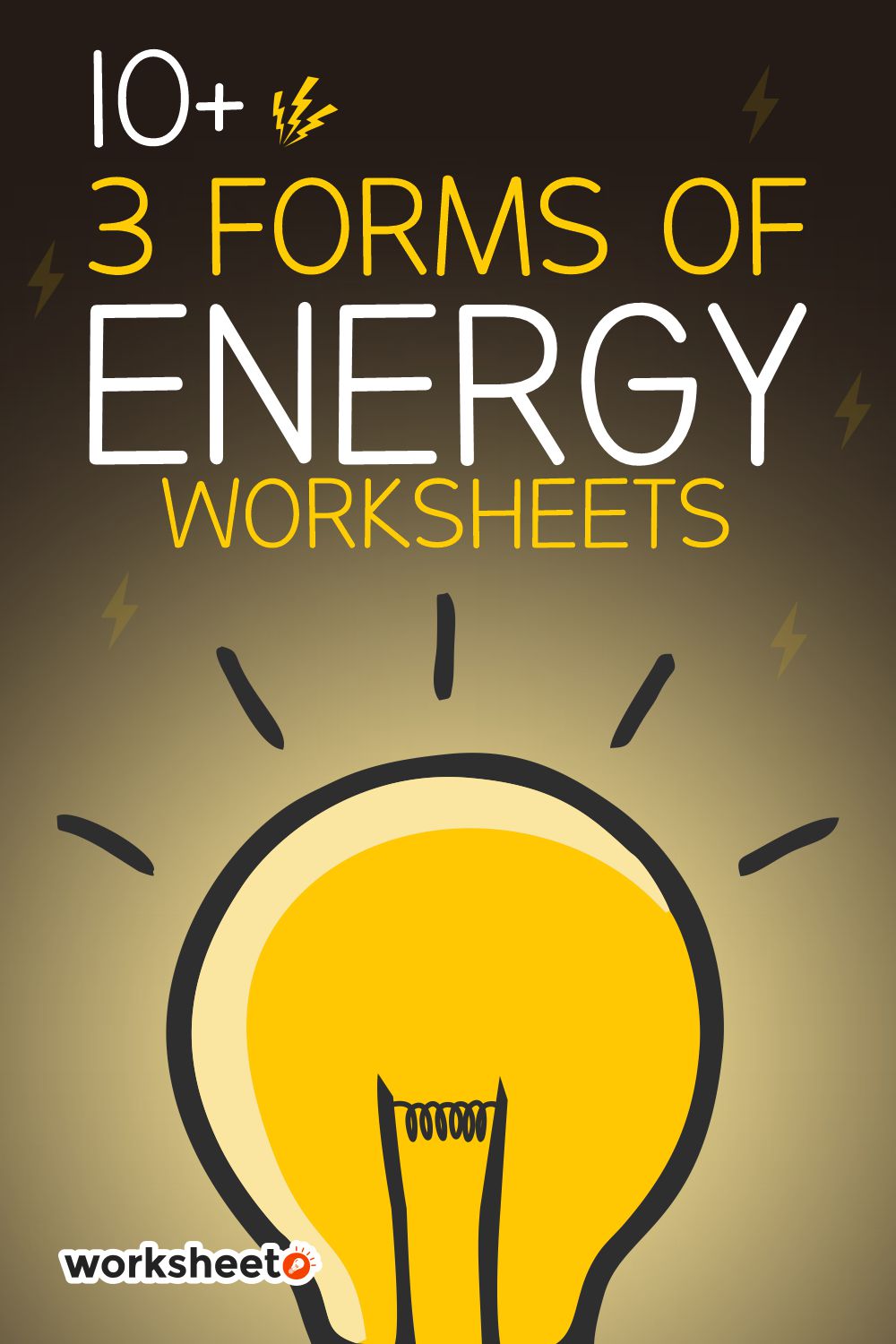
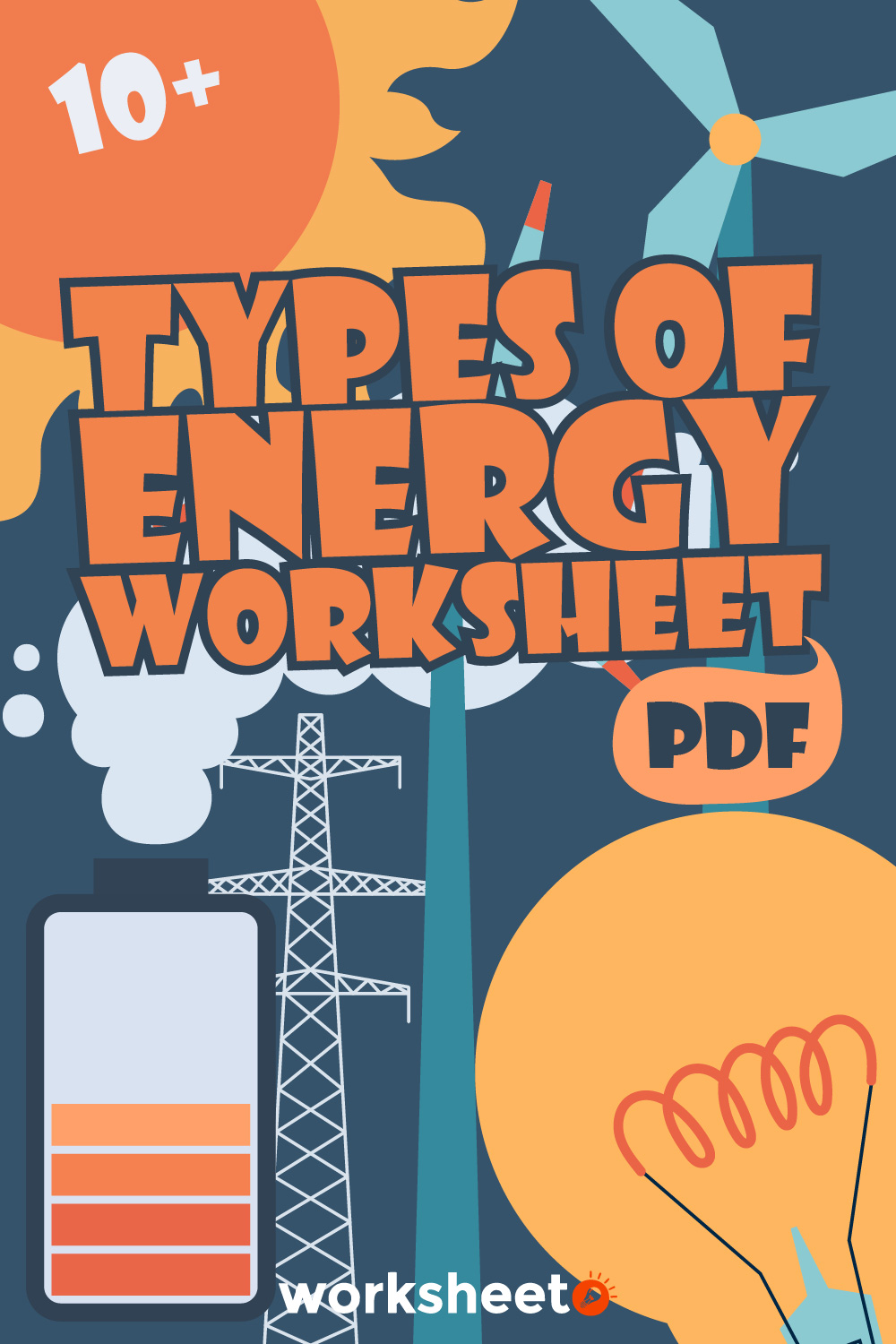
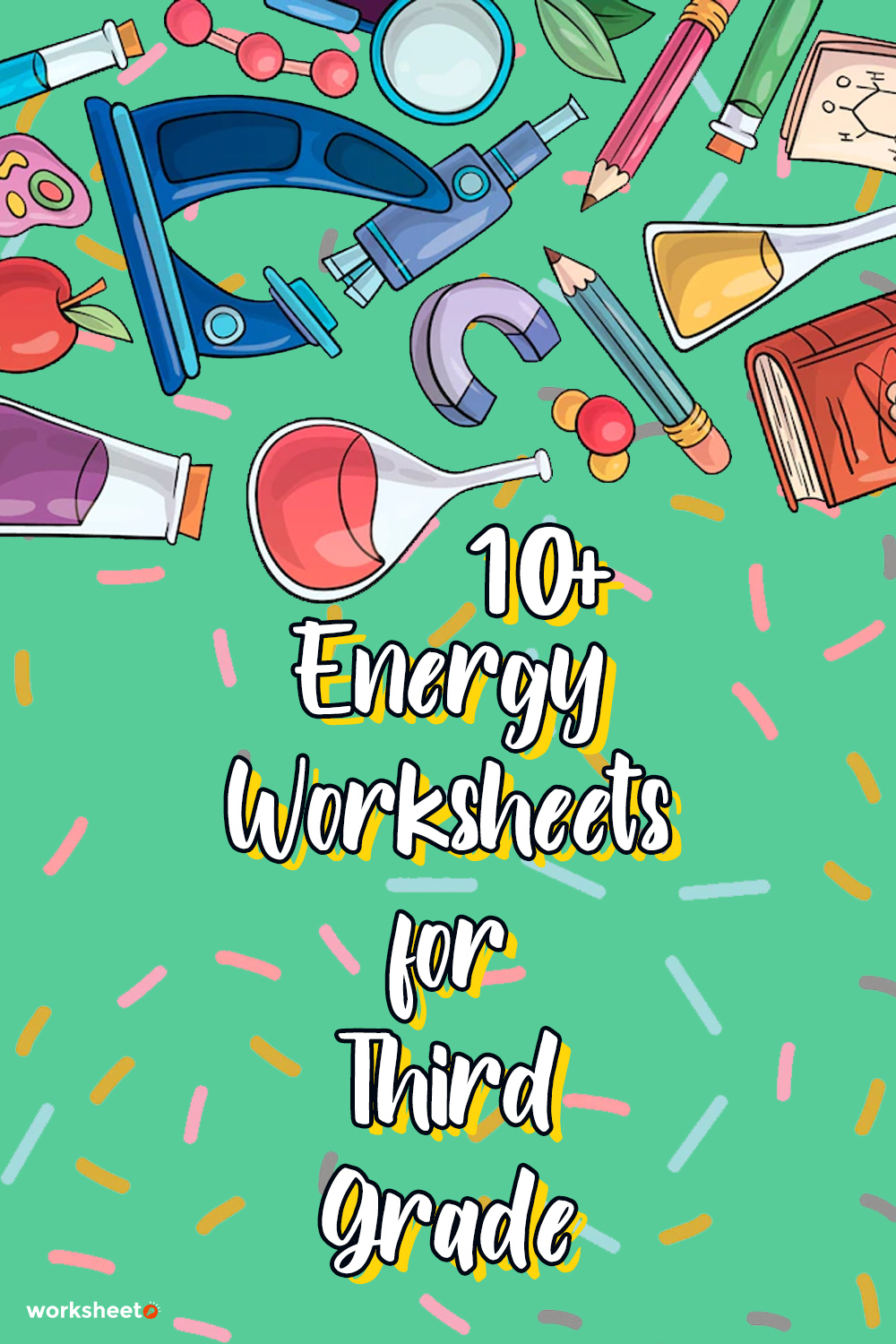
Comments